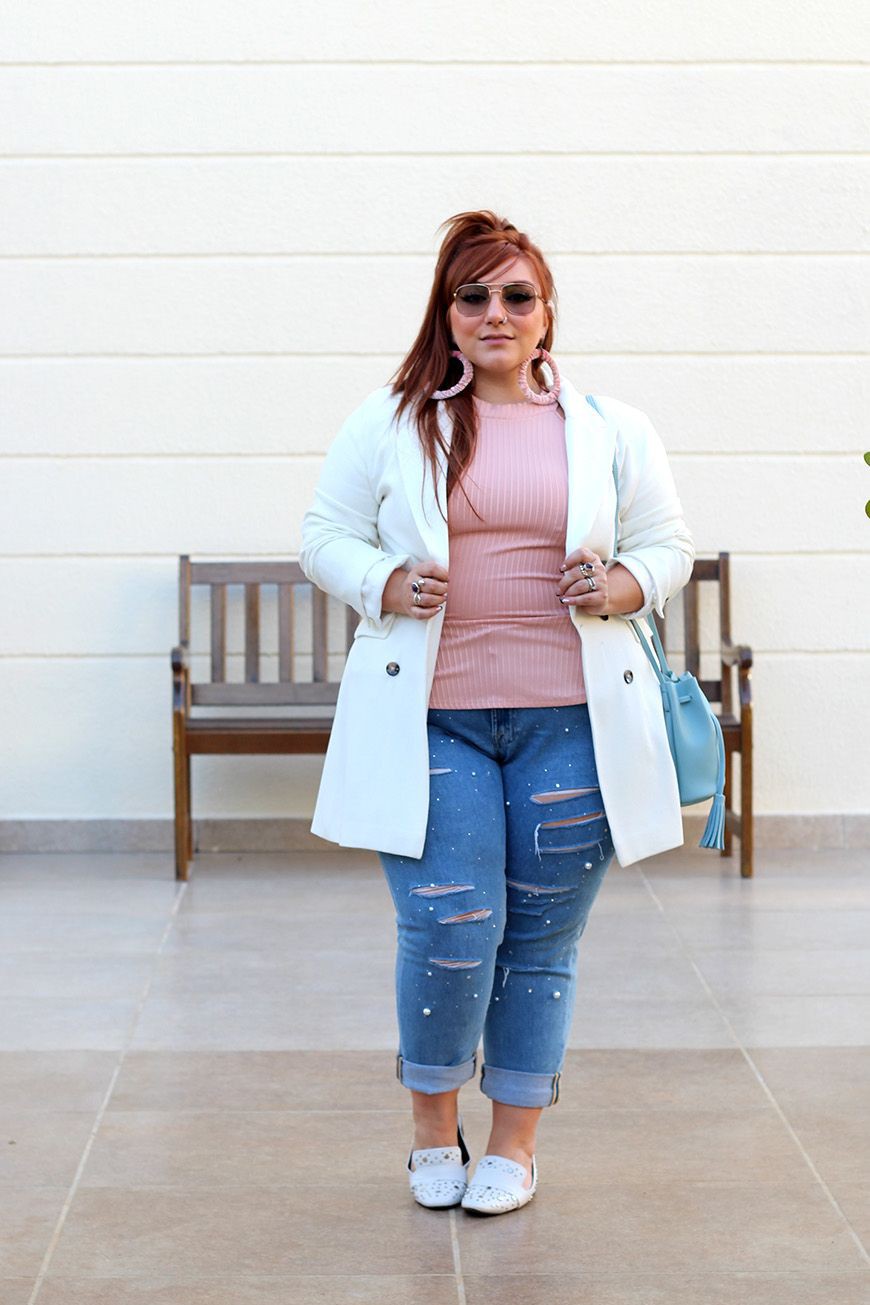


"Hypebeast" (occasionally "hype beast") culture is a colloquial term that at first was considered a derogatory term until the Hong Kong journalist and businessman Kevin Ma reappropriated it to be used as the name of his fashion blog, Hypebeast. Streetwear is one of the most inclusive styles in fashion as it is gender neutral and is often made by people of many different ethnicities and backgrounds. Īlexander Wang developed "luxury sportswear" in his eponymous brand. Complex Magazine named Stüssy, Supreme, and A Bathing Ape as the top streetwear brands, and many went on to collaborate on prized high fashion capsule collections such as Supreme x Louis Vuitton, Fila x Fendi, A Bathing Ape x Commes des Garcons, and Stussy x Dior. In the 2010s, some streetwear brands were now coveted as much as the most historically elite fashion brands. The most popular shoe of the era was the Nike Air Force 1, immortalized in the song by Nelly, then the fashion clothing manufacturers began to follow the streetwear companies co-opting the idea of very limited edition capsule collections, now known as "drops", using social media and product scarcity as marketing tools. In the 2000s, the advent of " bling" culture saw established luxury brands make inroads into the market, with Burberry, Gucci and Fendi making appearances in hip hop videos and films. Rap superstar 50 Cent a few years later launched his G-Unit clothing label, with the sneaker rights given to Reebok.
#Streetwear style professional#
Professional American sports franchises having a significant impact on the scene, especially the New York Yankees, Los Angeles Raiders and Chicago Bulls caps and jackets, with their production of oversized team jerseys, as well as boots from The Timberland Company and the latest shoe design releases from Nike, Inc.īrand launches by the chief executives of record companies followed, with Russell Simmons of Def Jam launching his Phat Farm label, Sean Combs of Bad Boy with Sean John, and Jay-Z and Damon Dash of Roc-a-Fella Records launching Rocawear.


In the mid to late 90s, influences included skateboarding and gangsta rap. In the early 1990s, burgeoning record labels associated with popular hip hop acts like Tommy Boy Records, Def Jam Recordings, and Delicious Vinyl began selling branded merchandise embroidered onto letterman jackets and workwear jackets made by companies like Carhartt. Then as sales peaked, Stüssy moved into exclusive sales to create product scarcity, which firmed up the ultimate baseline definition of streetwear: T-shirts and exclusivity." Initially selling the items from his own car, Stussy expanded sales to boutiques once popularity increased. In the late 1980s, surfboard designer Shawn Stussy began selling printed T-shirts featuring the same trademark signature he placed on his custom surfboards. Įarly streetwear in the 1970s and 1980s also took inspiration from hip hop, the do-it-yourself aesthetic of punk, Japanese street fashion, new wave, heavy metal, and co-opting established legacy sportswear and workwear fashion brands such as Schott NYC, Dr. Streetwear style is generally accepted to have been born out of the New York City hip hop culture of the late 1970s and early 1980s, with elements of Los Angeles surf culture.


 0 kommentar(er)
0 kommentar(er)
